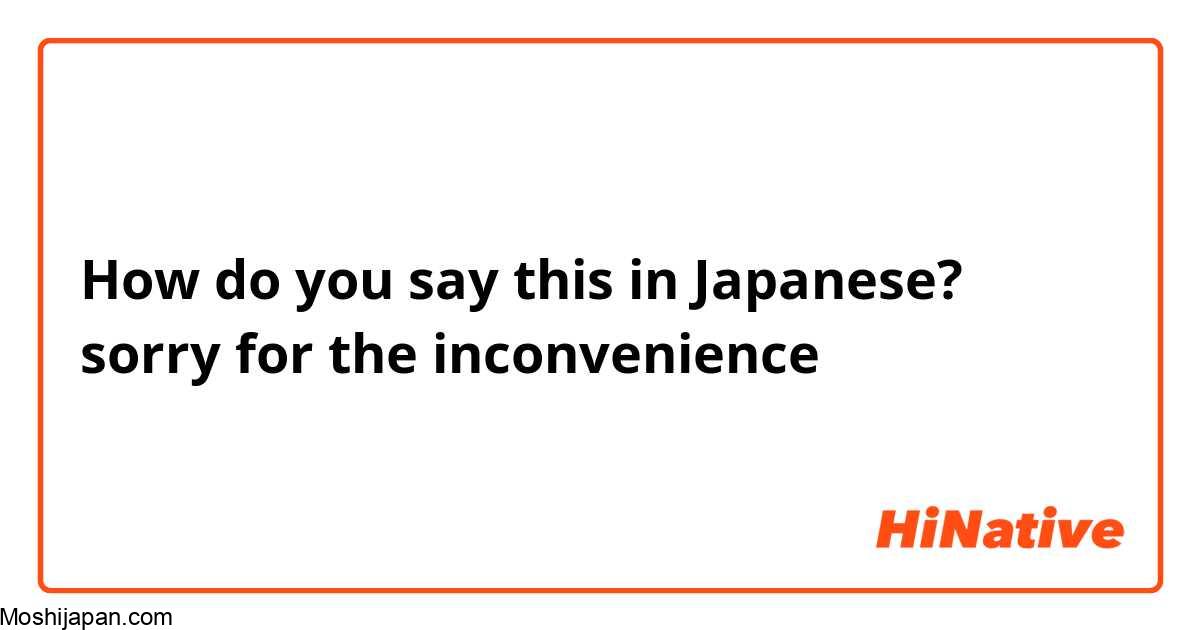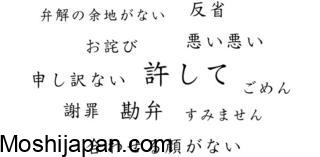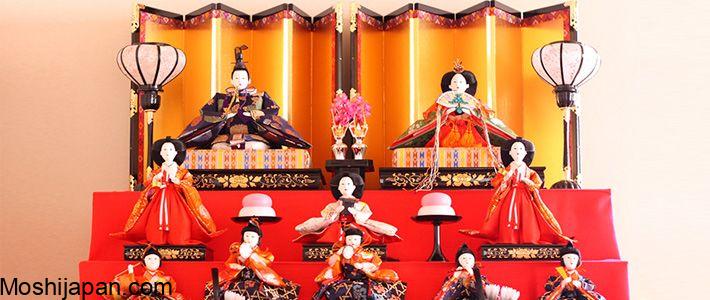How to Say “I’m Sorry” in Japanese – Proper Ways to Apologize
In our quest to master the art of communication, understanding how to express apologies in different languages is a crucial skill. Japanese culture places great importance on politeness and respect, and this extends to how apologies are conveyed. In this comprehensive guide, we will delve into the various ways to say “I’m sorry” in Japanese, exploring the nuances of the language and the cultural significance of apologizing. By the end of this article, you’ll be equipped with the knowledge and phrases needed to apologize effectively in Japanese.
The Importance of Apologizing in Japanese Culture

Before we delve into the specific phrases, it’s essential to grasp the cultural significance of apologizing in Japan. Japanese society values harmony, respect, and humility, and apologies play a vital role in maintaining these values. When you apologize in Japan, you’re not just acknowledging a mistake; you’re also showing respect for the person you’re apologizing to and a commitment to maintaining a harmonious relationship.
Common Japanese Phrases for Apologizing

- Sumimasen (すみません): This is a versatile and polite way to say “I’m sorry” in Japanese. It can be used in various situations, from simple inconveniences to more significant apologies.
- Gomen nasai (ごめんなさい): A slightly more formal apology, “gomen nasai” is appropriate when you want to express a deeper level of regret.
- Moushiwake arimasen (申し訳ありません): This is a formal and sincere apology, often used in serious situations or business settings.
- Shitsurei shimasu (失礼します): While it can be used to apologize for minor rudeness, it’s commonly used when entering someone’s personal space or interrupting.
- Zannen desu (残念です): This phrase expresses regret or disappointment and can be used when something unfortunate has occurred.
Apologizing with Body Language

In Japanese culture, non-verbal communication is as crucial as the words spoken. When apologizing, pay attention to your body language:
- Bowing: Bowing is a fundamental gesture of respect in Japan. The depth of the bow can indicate the sincerity of your apology. A slight bow for a minor apology and a deep bow for a more significant one.
- Eye Contact: Maintain appropriate eye contact while apologizing to show sincerity and respect.
- Hand Gestures: Placing your hands together in front of you, palms touching, is a sign of apology and respect.
Apologizing for Specific Situations

Apologizing for Being Late
If you’re running late and need to apologize, you can say:
- Okurete sumimasen (遅れてすみません): This phrase conveys the apology for being late.
Apologizing for a Mistake
When you’ve made a mistake, you can use these phrases:
- Gomen nasai, machigatte shimatta (ごめんなさい、間違ってしまった): This means “I’m sorry; I made a mistake.”
- Moushiwake arimasen, watashi no seide wa arimasen (申し訳ありません、私のせいではありません): For a more formal apology, this phrase expresses that it’s your fault, taking full responsibility.
Apologizing for Inconveniencing Someone
If you’ve inconvenienced someone, you can say:
- Taihen komatta (大変困った): This phrase conveys that you’ve caused trouble or inconvenience.
Apologizing in Business Settings
In professional settings, it’s important to use formal language. You can say:
- Moushiwake arimasen, soto o sasenai you ni itashimasu (申し訳ありません、外を差せないようにいたします): This is a polite way to apologize in a business context, ensuring that the issue won’t happen again.
Apologizing in Writing

Written apologies are also common in Japan, especially in formal situations. You can use phrases like:
- Shokai sasete itadakitai to omoimasu (紹介させていただきたいと思います): When introducing an apology in a letter or email.
- Osewa ni narimasu (お世話になります): This phrase expresses gratitude while acknowledging any inconvenience you may have caused.
Common Mistakes to Avoid
While mastering the art of apologizing in Japanese, it’s important to avoid common pitfalls:
- Over-apologizing: Apologize sincerely, but avoid excessive apologies, as it can be seen as insincere.
- Using the wrong level of formality: Pay attention to the formality of your language based on the situation and your relationship with the person you’re apologizing to.
- Not bowing: Remember to accompany your apology with a respectful bow when appropriate.
- Ignoring non-verbal cues: Be attentive to the other person’s body language and tone to gauge the effectiveness of your apology.
Learning Resources for Apologizing in Japanese
To further enhance your ability to apologize effectively in Japanese, you can explore online resources and language courses. Websites like Moshijapan.com offer dedicated sections for learning Japanese phrases, including how to say “I’m sorry” in various contexts. Don’t forget to follow Moshijapan.com for additional insights into Japanese culture and language.
FAQ
Q1: How do you say “I’m sorry” in a formal context in Japanese?
A1: In a formal context, you can use the phrase “Moushiwake arimasen (申し訳ありません)” to convey a sincere apology.
Q2: What non-verbal cues are important when apologizing in Japan?
A2: In Japan, bowing, maintaining appropriate eye contact, and using respectful hand gestures are essential non-verbal cues when apologizing.
Q3: When should I use the phrase “Taihen komatta (大変困った)”?
A3: You can use “Taihen komatta” when you want to convey that you’ve caused significant trouble or inconvenience to someone.
Q4: Where can I find more resources for learning Japanese phrases and culture?
A4: You can explore websites like Moshijapan.com, which provide valuable insights into Japanese language and culture.
tag
- how to say i lovie you in japan 2024
- living in japan
- nice to meet you in japanese



0 Comments